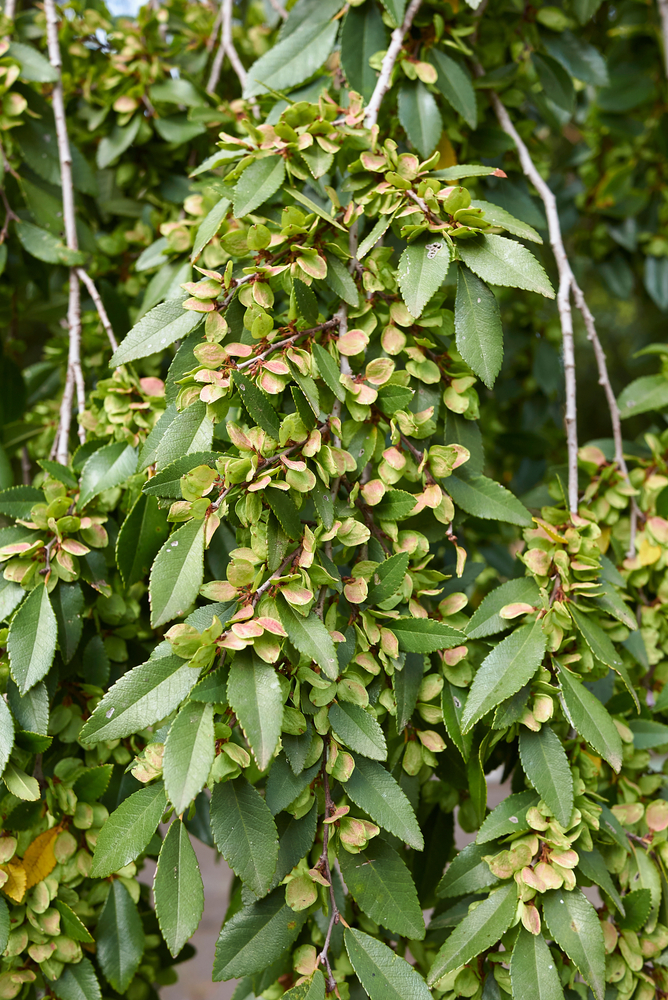Ulmus parvifolia ‘Reflection’ 100L ADV bag TREE DECIDUOUS
$695.00
Ulmus, commonly known as elm, is a genus of deciduous trees that are native to the temperate regions of Europe, Asia, and North America. There are about 30 species of elms, and they are widely used as shade trees and ornamental trees in gardens and parks. Here are some horticultural notes on the genus Ulmus:
Soil and Water Requirements: Elms prefer moist, well-drained soil that is rich in organic matter. They can tolerate a range of soil pH levels, from acidic to alkaline. Elms require regular watering during the growing season, and they can be susceptible to drought stress during hot, dry spells.
Light Requirements: Elms prefer full sun to partial shade. They can tolerate some shade, but they may become leggy or have poor growth in low light conditions.
Pruning: Elms can be pruned in late winter or early spring to remove dead or diseased wood, and to shape the tree. Pruning should be done before the tree begins to leaf out in the spring.
Pests and Diseases: Elms can be susceptible to a number of pests and diseases, including Dutch elm disease, elm leaf beetle, and elm bark beetle. Regular monitoring and treatment may be necessary to prevent damage to the tree.
Propagation: Elms can be propagated from seeds or cuttings. Seeds should be sown in the fall or early spring, and cuttings should be taken in late winter or early spring.
Cultivars: There are many cultivars of elms available, each with different growth habits and characteristics. Some popular cultivars include ‘Jacqueline Hillier’ (a dwarf cultivar), ‘Pioneer’ (a fast-growing cultivar), and ‘Princeton’ (a disease-resistant cultivar).
Uses: Elms are commonly used as shade trees and ornamental trees in gardens and parks. They can also be used as street trees, as they are tolerant of urban conditions. The wood of elms is used in furniture-making and for other wood products.
7 in stock
Description
- Family Name: Ulmaceae
- Origin: Asia
- Characteristics:
- Foliage Colours: Green
- Flower Colours: Insignificant
- Flower Fragrant: No
- Flowering Season: N/A
- Fruit: Insignificant
- Landscape Use(s): : Borders / Shrubbery, Cottage Garden,
Feature, Formal Garden, Mass Planting, Parks & Gardens,
Shade Tree, Street Trees
- Pest & Diseases: Generally Trouble Free
- Plant Care: Annual Slow Release Fertiliser, Keep Moist During Dry Periods, Mulch Well
- Requirements:
- Growth Rate: Moderate
- Maintenance Level: Medium
- Water Usage: Medium
- Tolerances:
- Drought: Moderate
- Frost: High
- Wind: Moderate
- Cultural Notes: Adaptable to most soil conditions, will perform best in well drained soil with fortnightly Summer watering. Prune to shape
when necessary. Keep an eye out for borers. Usually resistant to Dutch Elm Disease. Choose a tree with a single dominant leader if using
in streetscapes.



